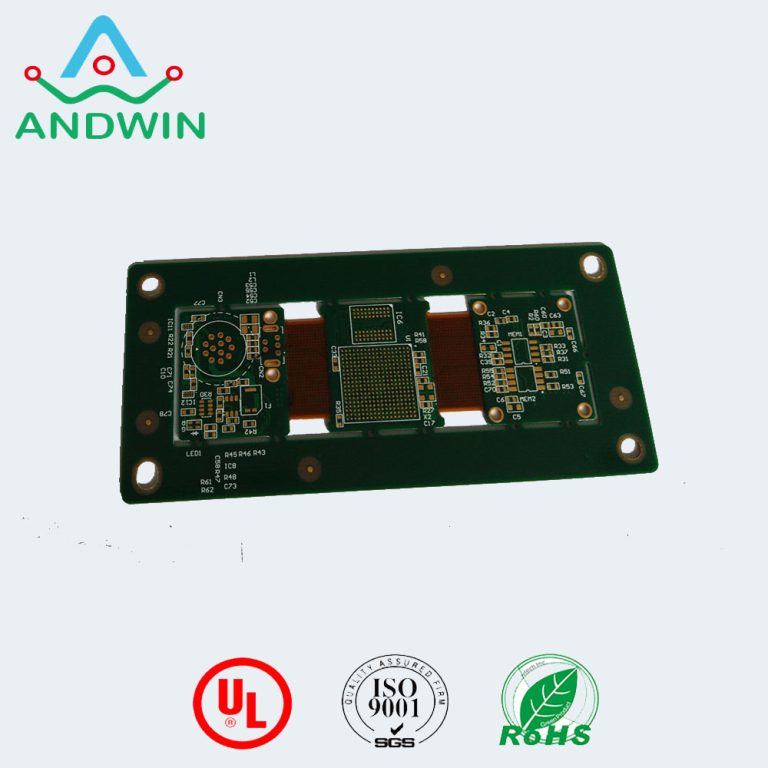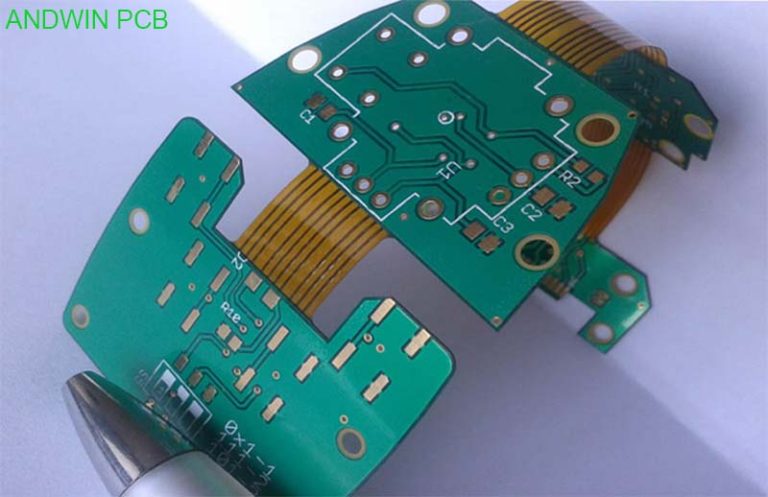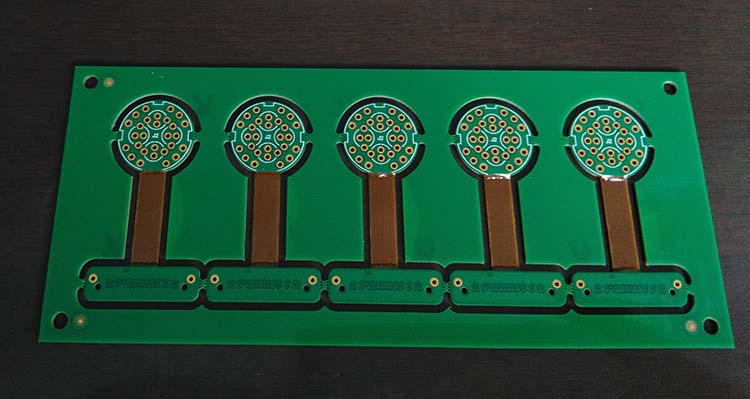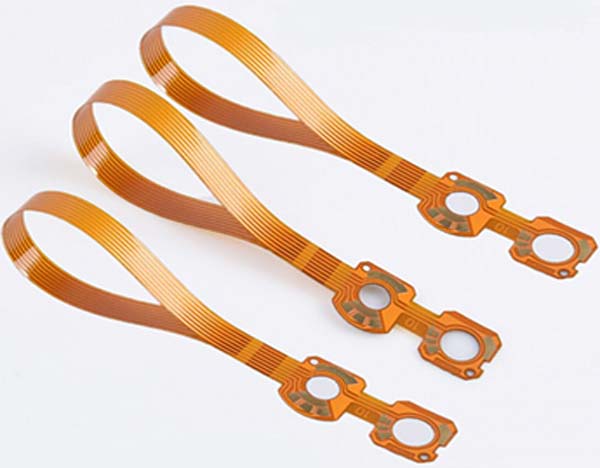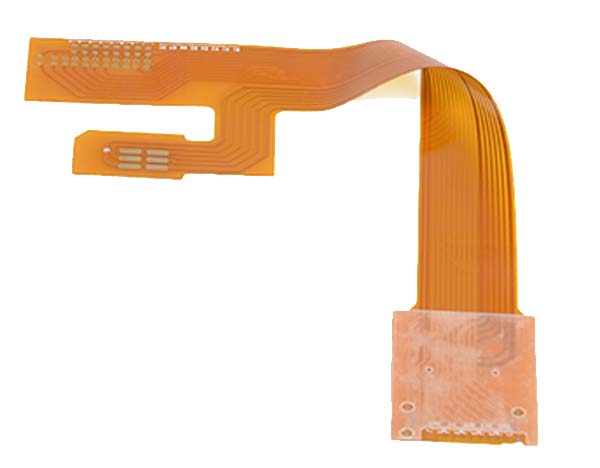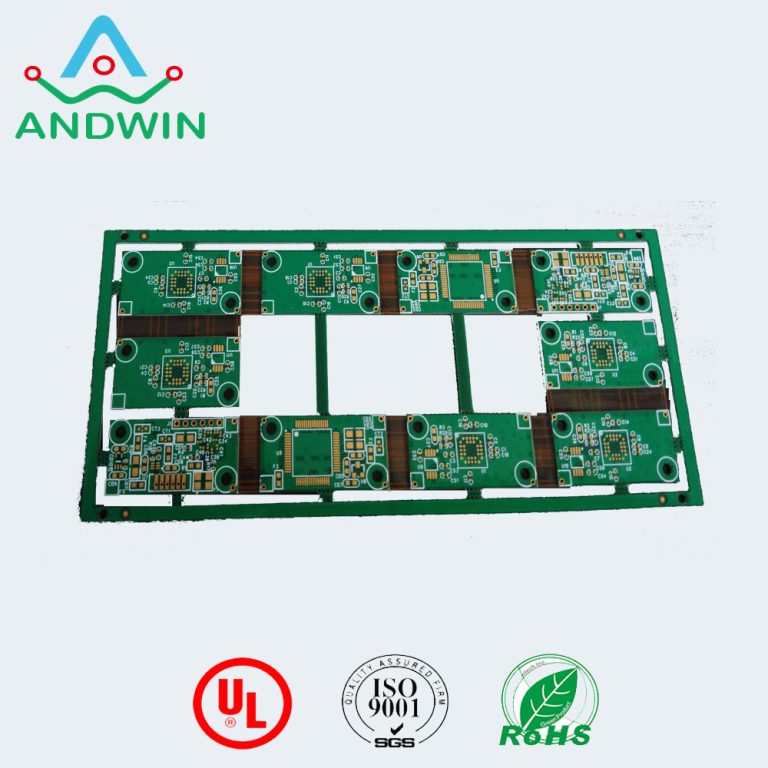What are the benefits of flexible circuit board design software
1. Design Flexibility: Flexible circuit board design software allows designers to create complex and intricate designs that can be tailored to fit specific applications. This flexibility also allows for the creation of smaller and more lightweight devices. 2. Cost Savings: Flexible circuit board design software can help reduce the cost of manufacturing by optimizing the design for production, reducing…

